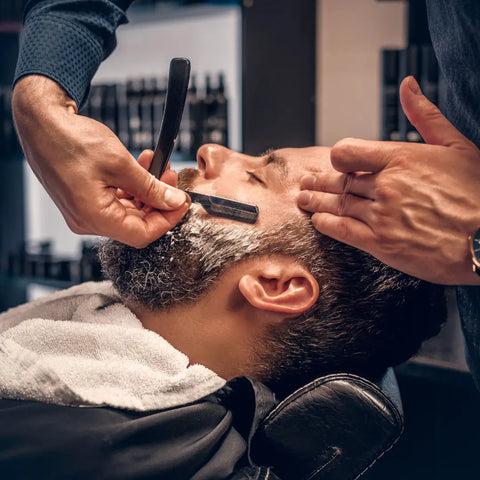Wellness subscription boxes have become increasingly popular in recent years, offering a convenient and curated experience for consumers looking to prioritize their health and well-being. But who exactly is subscribing to these boxes? Are men or women more likely to engage with wellness subscriptions? In this article, we will delve into the data and trends surround wellness box subscriptions to determine which gender is more inclined to embrace this growing industry.
The Rise of Wellness Subscription Boxes

Before we explore the demographics of wellness box subscribers, let's first understand the factors contributing to the rise of this industry. Subscription boxes have gained traction due to their ability to provide consumers with a convenient and personalized experience. In an era where convenience and self-care are highly valued, wellness subscription boxes offer a curated selection of products that cater to specific health and wellness needs.
The subscription box market has witnessed exponential growth in recent years, driven by both startups and established companies. These boxes offer a range of products and experiences, from replenishment subscriptions that automate the purchase of essential goods to curation subscriptions that provide a personalized selection of products. Access subscriptions, on the other hand, offer subscribers extra perks and lower prices.
Understanding the Subscription Box Market Size and Growth
The subscription box industry has experienced remarkable growth over the years. In 2011, the industry's revenue was $57 million, which soared to $2.6 billion by 2016. This growth can be attributed to the innovative business models introduced by startups and the increasing influence of celebrity and influencer endorsements on social media.
The market's growth has been further accelerated by the expanding eCommerce industry, with revenues reaching $22.7 billion in 2021. Projections indicate that the market is expected to reach $65 billion by 2027, exhibiting a compound annual growth rate (CAGR) of 18.3% for 2022-2027 period. The subscription box industry is part of a larger subscription industry, which is set to grow to $1.5 trillion by 2025, encompassing over-the-top entertainment, software-as-a-service (SaaS), and subscription boxes.
Types of Subscription Boxes and Their Appeal
Subscription boxes cater to different consumer preferences and needs. Understanding the different types of subscription boxes can provide insights into the demographics of subscribers. The three primary categories of subscription boxes are replenishment subscriptions, curation subscriptions, and access subscriptions.
- Replenishment Boxes: Replenishment services automate the purchase of goods that need regular replacement, such as razor heads or contact lenses. These boxes often have a high retention rate, as they provide essential products like food, health, and hygiene items.
- Curation Boxes: Curation subscriptions offer a personalized experience, allowing subscribers to receive packages tailored to their specific interests. These boxes are popular among consumers who value convenience and want to discover new products that align with their preferences.
- Access Boxes: Access subscriptions provide subscribers with additional perks or access to lower price for products that are used infrequently or have a higher price point. These boxes may include exclusive items or offer discounts on premium products.
It's important to note that the appeal of subscription boxes varies among different types of customers. Some individuals may prefer the convenience of replenishment boxes, while other may be drawn to the personalized experience offered by curation boxes. Access boxes, with their added perks and lower prices, have their own unique appeal.
Demographics of Wellness Box Subscribers
Now, let's dive into the demographics of wellness box subscribers and determine whether men or women are more likely to engage with this industry. Several studies shed light on the subscription preferences of different genders, providing valuable insights into consumer behavior.


- Incorporate messaging that appeals to men's motivations for exercise, such as feeling good, being strong and fit, and living a long and healthy life.
- Highlight the outcomes and effectiveness of your fitness programs to attract men who prioritize results.
- Ensure your marketing materials and imagery represent men to make them feel included and welcome in your wellness community.
- Offer competitive price points for your classes or boxes and consider flexible pricing options to accommodate different budgets.
- Embrace a hybrid fitness model that combines in-person and virtual workouts to cater to men's preferences and provide flexibility.
- Create explainer content to alleviate any intimidation and help men feel more confident in your products.
- Develop a product line that appeals to men, ensuring you have options to fit everyone.
By implementing these strategies and understanding the unique needs and preferences of male subscribers, wellness businesses can effectively attract and retain a diverse customer base.
Conclusion
Wellness subscription boxes have gained popularity among both men and women, but understanding the demographics and preferences of male subscribers is crucial for businesses in this industry.
Remember, the key to success lies in understanding and catering to the unique needs and preferences of your male subscribers. By embracing inclusivity, offering tailored experiences, and providing value through your wellness subscription boxes, you can tap into the growing market of men who are prioritizing their health and well-being.

